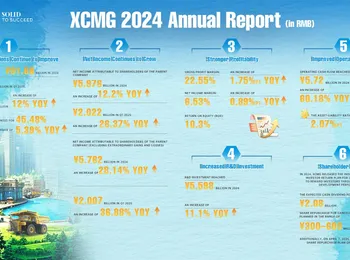Texas Tech's dramatic overhaul of its defensive line, spearheaded by a massive influx of talented transfer additions, has positioned the Red Raiders as a potential force to be reckoned with in the upcoming 2025 college football season. Following a disastrous 2024 campaign where the team’s defense surrendered a staggering 460.2 yards per game, finishing at No. 126 nationally in total defense, head coach Joey McGuire and his staff recognized the urgent need for a complete transformation. This transformation is now firmly underway, with all four starting defensive line positions slated to be occupied by incoming transfers – a group widely regarded as exceptionally talented. PFF recently highlighted this revamped defensive line, listing the entire unit among the top 10 most impactful in all of college football, showcasing the immediate potential of this strategic shift. Key to this revitalization is Lee Hunter, who earned the No. 5 spot among returning defensive tackles nationally, based on his dominant performance at UCF over the previous two seasons. Hunter’s statistics are truly remarkable, leading all FBS interior defenders in run-defense stops with 59, and racking up 27 tackles for loss or no gain – the highest figures among returning Power Four defensive tackles. Furthermore, Hunter generated an impressive 49 pressures during this period, placing him second nationally. Adding to the defensive line’s strength is Stanford’s David Bailey, who dominated as the top-ranked FBS edge defender last season. Bailey’s exceptional pass-rush grade of 93.2 and a pass-rush win rate of 27.5% solidified his position as the premier edge rusher in college football. The Red Raiders also secured Romello Height, a transfer from Georgia Tech, who finished 10th among ACC edge rushers with a strong PFF grade of 78.4. Alongside Height, Skyler Gill-Howard, a transfer from Northern Illinois, proved to be a dominant force for the Huskies. Gill-Howard ranked fifth among Group of Five interior defenders last year, boasting an impressive PFF grade of 83.8, 29 pressures, and 28 defensive stops – second best in the conference. Finally, the Red Raiders bolstered their defensive line with the addition of Houston defensive tackle Anthony Holmes Jr., who placed fifth in the Big 12 with 23 defensive stops last season.
These key additions represent a fundamental shift in Texas Tech’s defensive strategy, aiming to significantly improve their performance against the run and pass. While a manageable schedule in 2025 presents a favorable opportunity, the Red Raiders will still face formidable competition within the Big 12 conference, known for its high-powered offenses. Last year, opponents exploited Texas Tech’s defense, resulting in a concerning 34.8 points per game, placing them at 121st nationally. To contend for a Big 12 title and a coveted spot in the College Football Playoff, Texas Tech’s revamped defensive line must dramatically reduce this scoring output. The team’s success hinges on the collective impact of these talented transfers and their ability to establish a dominant presence along the defensive line. With a renewed focus on aggressive play and strategic positioning, the Red Raiders are poised to transform into a significantly more competitive unit.
For more Texas Tech football news and analysis, visit Texas Tech On SI. Texas Tech's Quinten Joyner ranked fifth among 2026 NFL Draft running backs CBS Sports names 3 Big 12 teams as National Championship contenders Texas Tech's Terrence Carter Jr. ranked No. 2 returning tight end in Big 12 by PFF Texas Tech to join Purdue, Memphis, and Wake Forest in Baha Mar Championship
























